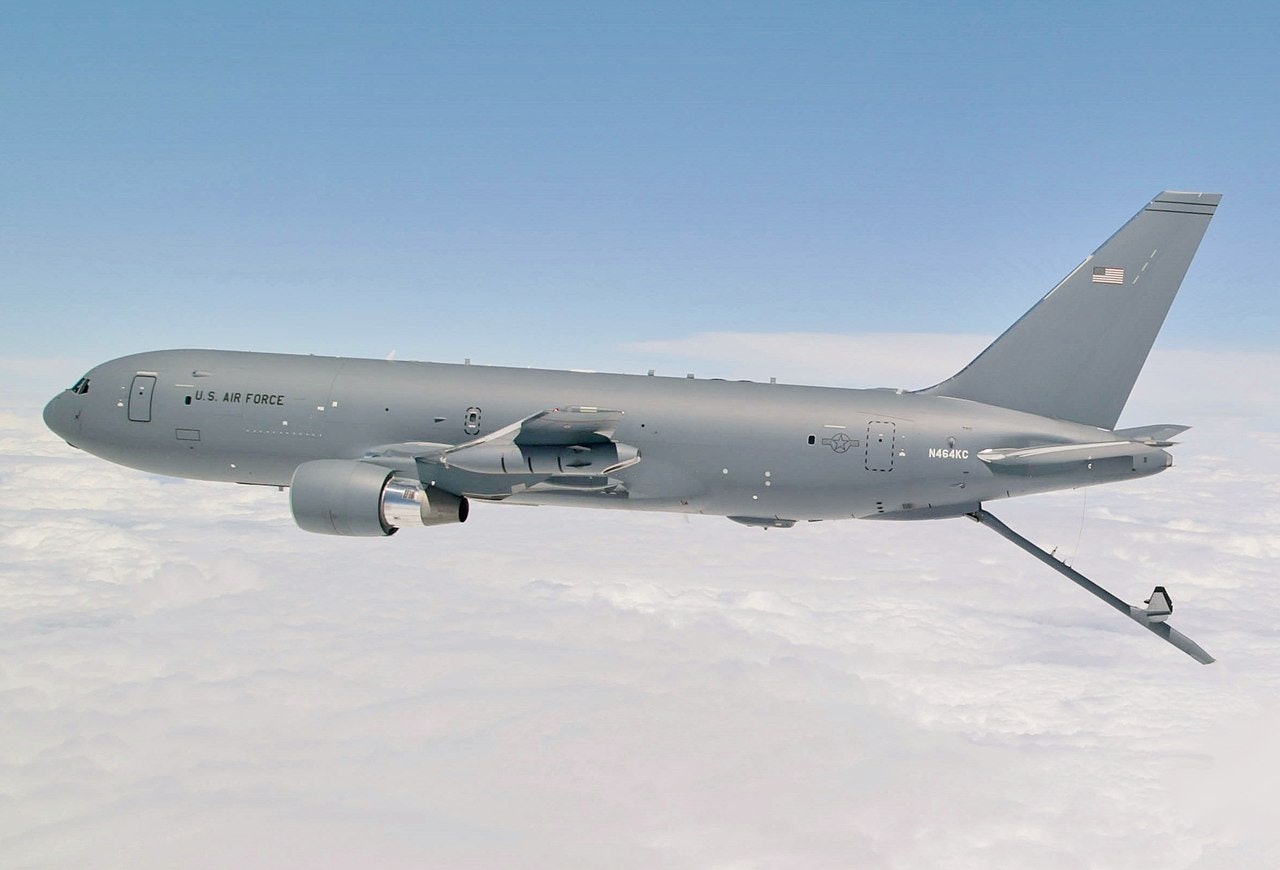
Massive U.S. Air Force Tanker Deployment Raises Global Eyebrows
A massive and unexpected transatlantic movement of U.S. Air Force aerial refueling aircraft has caught the attention of global defense watchers, and it’s fueling serious speculation about what could be next. Imagine looking at flight tracking data on a typical Sunday night and suddenly seeing more than two dozen KC-135 Stratotankers and KC-46 Pegasus aircraft cruising eastbound in close formation across the Atlantic. That’s exactly what happened. And it wasn’t for a routine drill.
This wasn’t linked to any known joint exercises like Atlantic Trident. Instead, what we witnessed appears to be a calculated redeployment — a realignment of strategic refueling capability — possibly preparing for rapid-response operations or contingencies in a volatile region. These tankers are most likely heading for Europe or even further toward the Middle East, where tensions have been steadily escalating.
Also Read:- Manhunt Ends in Sibley County: Suspect in Deadly Political Shootings Captured
- Philip Barbaree’s Emotional U.S. Open Moment You Probably Missed
Now, why is this significant? Aerial refueling is one of the least visible but most critical pieces of modern military power projection. Without tankers, strike aircraft, bombers, and surveillance platforms simply can’t reach the distances they often need to — or stay in the air long enough to complete complex missions. The KC-135 and KC-46 can each transfer tens of thousands of pounds of fuel mid-flight, allowing the U.S. Air Force to move fighters, bombers, or even more tankers forward into the operational theater. This kind of mobility multiplies force capability in ways that are hard to overstate.
With this kind of movement, you don’t just mobilize over 24 tankers without a purpose. And although no strike aircraft were publicly observed flying alongside them, that doesn’t mean they weren’t there. Military aircraft can and often do fly “dark” — with transponders off — especially during sensitive operations.
The bigger picture here is timing. This surge in U.S. refueling capability comes as the situation in the Middle East grows more complex. U.S. naval and air defense assets have already been deployed to support Israel, including THAAD missile systems and AEGIS-equipped destroyers. A tanker surge of this scale suggests preparations for sustained air operations — whether as a show of force, a deterrent, or readiness for active engagement.
So, what does it all mean? Well, it’s clear the U.S. is sending a message — perhaps to Iran, perhaps to its allies — that it’s ready to respond, support, or strike if necessary. Whether it leads to a confrontation or helps prevent one, only time will tell. But the bottom line is, when the U.S. Air Force starts moving this much fuel across the Atlantic, something significant is either happening — or about to.
Read More:



0 Comments